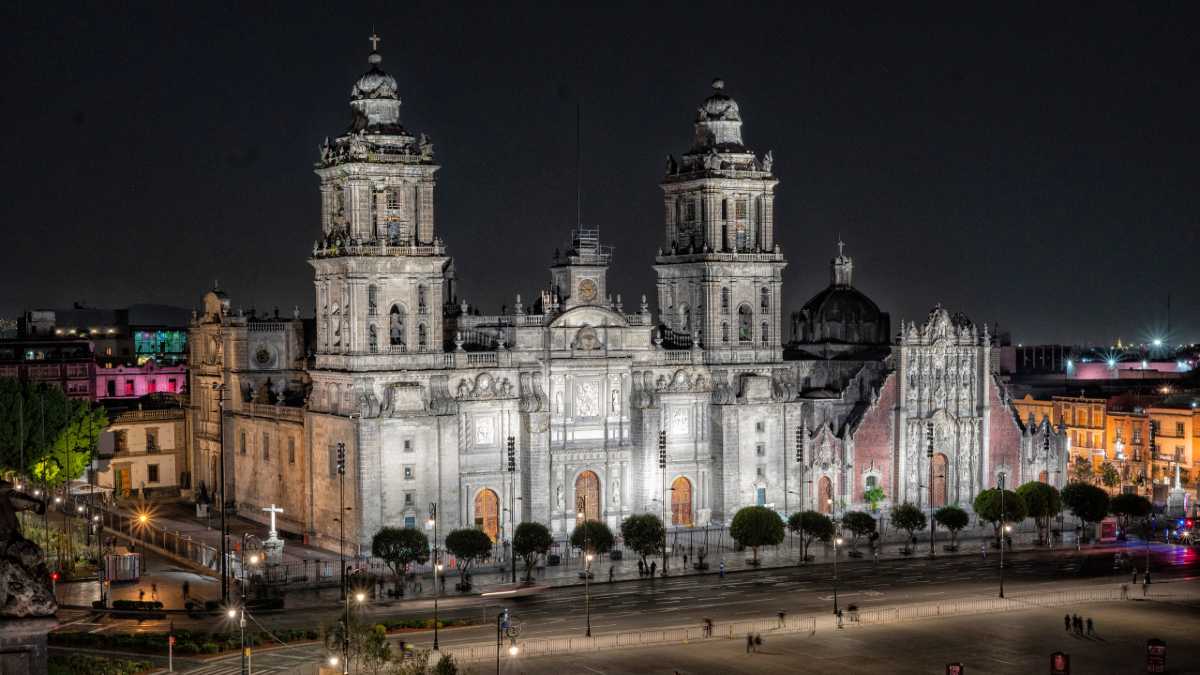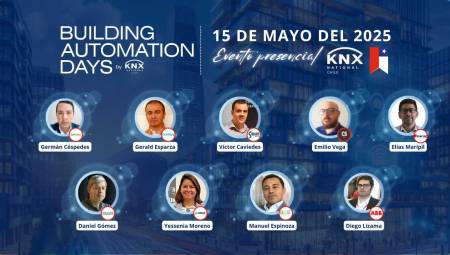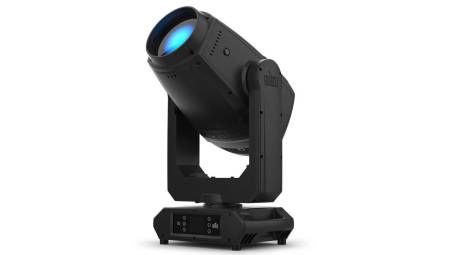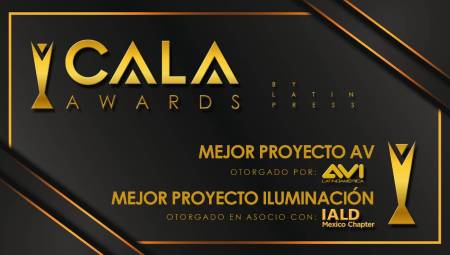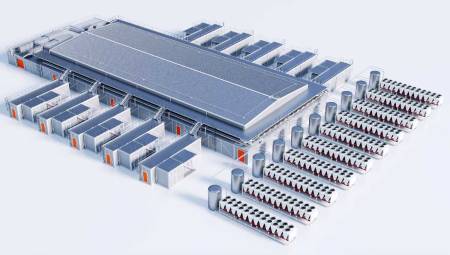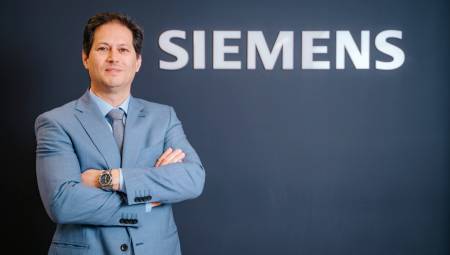Mexico's largest cathedral relies on LynTec's RPC motorized switch panel to power and protect the LED lighting design to highlight the baroque details of the church's historic façade.
Lyntec
Mexico City's main square, known as the Zócalo or Plaza de la Constitución, has been the gathering place of people since the time of the Aztecs. Today, it is surrounded by sites and buildings that echo its historical past, including the remains of the Aztec Templo Mayor, historic government buildings, and the Metropolitan Cathedral of Mexico City. One of the largest and oldest cathedrals in Latin America, the cathedral is built on a floor containing a wealth of artifacts dating back to the reign of the Aztecs and then to the conquest and rule of the Spanish conquistador Hernán Cortés.
Impressive in both spectacle and history, the cathedral took almost 250 years to build. Each of the facades of the imposing structure features incredible reliefs and statues that make it even more remarkable. Two years ago, the city and the National Institute of Archaeology and History (INAH) wanted to highlight the architecture and art of the building as part of a lighting project of an urban landscape. The goal was to create a lighting design that would allow tourists to enjoy the building's heritage, provide a sense of security at night, and provide color washes during events such as religious holidays and celebrations.
Previously, the cathedral was illuminated by a combination of sodium vapor and 400 W metal halides and 1000 W reflectors that had neither the ability nor the power to truly reveal monumental architecture. Aleksandar Lalicki, lead consultant and lighting designer, won the two separate tenders for the lighting projects of the building's south and east facades. However, finding the best lighting and power control solution for this national treasure meant addressing many obstacles (infrastructure, historical and electrical) within the design.
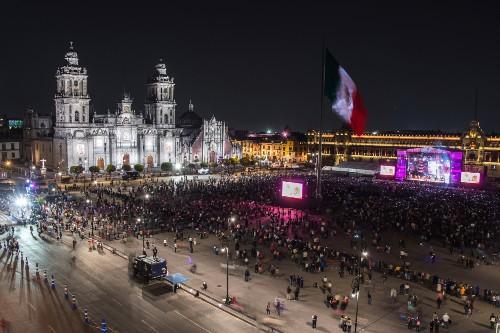 First, under the Zocalo and most of Mexico City, lie the remains of the Aztec capital, Tenochtitlan, buried less than 5 to 8 feet deep. For this reason, nothing deeper than 4 feet can be built, which can hinder construction and electrical projects. Despite this limitation, the installation still had a drawback from the beginning when the tomb of one of the first priests who served in the cathedral in the sixteenth century was discovered in one of the places. It halted the facility for nearly 6 months while INAH excavated the site.
First, under the Zocalo and most of Mexico City, lie the remains of the Aztec capital, Tenochtitlan, buried less than 5 to 8 feet deep. For this reason, nothing deeper than 4 feet can be built, which can hinder construction and electrical projects. Despite this limitation, the installation still had a drawback from the beginning when the tomb of one of the first priests who served in the cathedral in the sixteenth century was discovered in one of the places. It halted the facility for nearly 6 months while INAH excavated the site.
In addition, subway lines and other cables under the pavement further restricted the areas where cables and lighting fixtures could run. Lighting fixtures could not be mounted on the surrounding buildings or on the roof of the cathedral. As a solution, the fixtures would be installed on custom-designed light poles around the church. However, since the distance for light was between 32 and 75 meters, the number of light poles that could be used was limited. Finally, the city experiences frequent power fluctuations, which meant that the lighting system would have to be supported by a robust and compact power switch panel with built-in energy protection.
"With the lighting, we wanted to really open visitors' eyes to the beauty of the reliefs, statues and all the little details within the architecture," Lalicki said. "It was very difficult because of the distances, the size of the building and the budget."
For this reason, Lalicki turned to GRIVEN's LED architectural lighting. Brilliant for light quality and engineering, they feature IP68 connections and seven different optics. The south façade is illuminated by 114 luminaires, while the east façade has 47. The luminaires are mounted in pairs, two per level, each covering a specific area of the building, which Lalicki and his team defined during the project phase based on computer models. With just 27kW of electrical power, Lalicki managed to illuminate the cathedral with levels of around 200 lux for the main details and an average of 100 lux for the facades in general.
While LED lighting offers incredible lighting benefits and costs, it is essential that they are well supported and protected with an automated energy control solution. Without it, devices left on will continue to consume backup power, burn faster, and be prone to crashing. With this in mind, Lalicki knew that a robust energy control solution designed for the energy control demands of lighting was key.
"I've always remembered what the late lighting designer Sonny Sonnenfeld told me: 'Don't forget you have to turn off the power supplies. You can turn off with DMX. You can turn off the lights, but the power supply will still work idle. It will heat up and then instead of 30 or 50,000 hours of work, it will have maybe 8 or 10 thousand."
For that reason, Lalicki relies on LynTec's robust portfolio of lighting control solutions. He relied on LynTec in many theatrical lighting projects and cultural centers throughout Mexico, including the José Peón Contreras Theater and the Palacio de la Música, both in Mérida. For this lighting design, Lalicki specified LynTec's 42-circuit RPC341 remote control switch panel.
"LynTec is the heart of my LED facilities," Lalicki said. "We use Lyntec's RPC panel because it is a solid, well-designed product that is easy to install, connect, program and protect password-protected multi-level LED lighting systems. In addition, distance control and the use of IP for that purpose made RPC panels our first and only option," Lalicki said.
Based on Square D's G3 PowerlinkTM hardware platform and designed to simplify audio, video, and lighting constructs by speeding up the installation process, LynTec's RPC power control panels reduce operating costs with simple wiring that allows electricians to quickly and easily complete installation and remove steps, costs and space required to install a separate relay panel. Available with 30 to 84 panel-controllable circuit breakers, the comprehensive power control solution system provides additional circuit-switching control capabilities in the same enclosure and grants flexible lighting control across multiple control zones and multiple control protocols, including HTTP, Telnet, sACN, DMX, RS-232, or contact closure control systems.
The web-enabled current monitoring and control option provides power and power data across derivative circuits and main networks, giving the operator an accurate and intelligent view of capacity, energy usage, and reliability. For the ultimate in monitoring and control flexibility, RPC panels are compatible with popular control systems. For the Cathedral, Lalicki selected the Enttec and Swisson DMX controllers. The RPC also features voltage drop protection, which automatically shuts off selected circuits during over- and low-voltage situations and turns on as scheduled when the voltage regains stability. For stability and voltage protection, a surge removal on the SurgeX panel was added to the RPC.
On the east side, lighting fixtures are connected to the nearby electric and concrete control vault that houses the RPC panel and additional electrical and data equipment. For the south façade, which is about 100 meters from the vault, the control system is connected to the first light pole. The other six light poles are controlled wirelessly. With the LynTec panel and controllers working hand-in-hand, the entire system can be completely turned off and on, the power supply can be protected, and an automated schedule can be followed using an astronomical clock, so the lights are never accidentally left on.
With the new lighting and energy control system, both visitors and citizens are rediscovering the grandeur and beauty of the Cathedral.
"For too many years, this building was neglected as far as its appearance at night was concerned. Now this monument dominates the Zocalo and has become a beacon for visitors from all over the world. It is much easier to appreciate all the details of its facades under the LED lighting than under the intense filtered sunlight of the mountain," concluded Lalicki.



